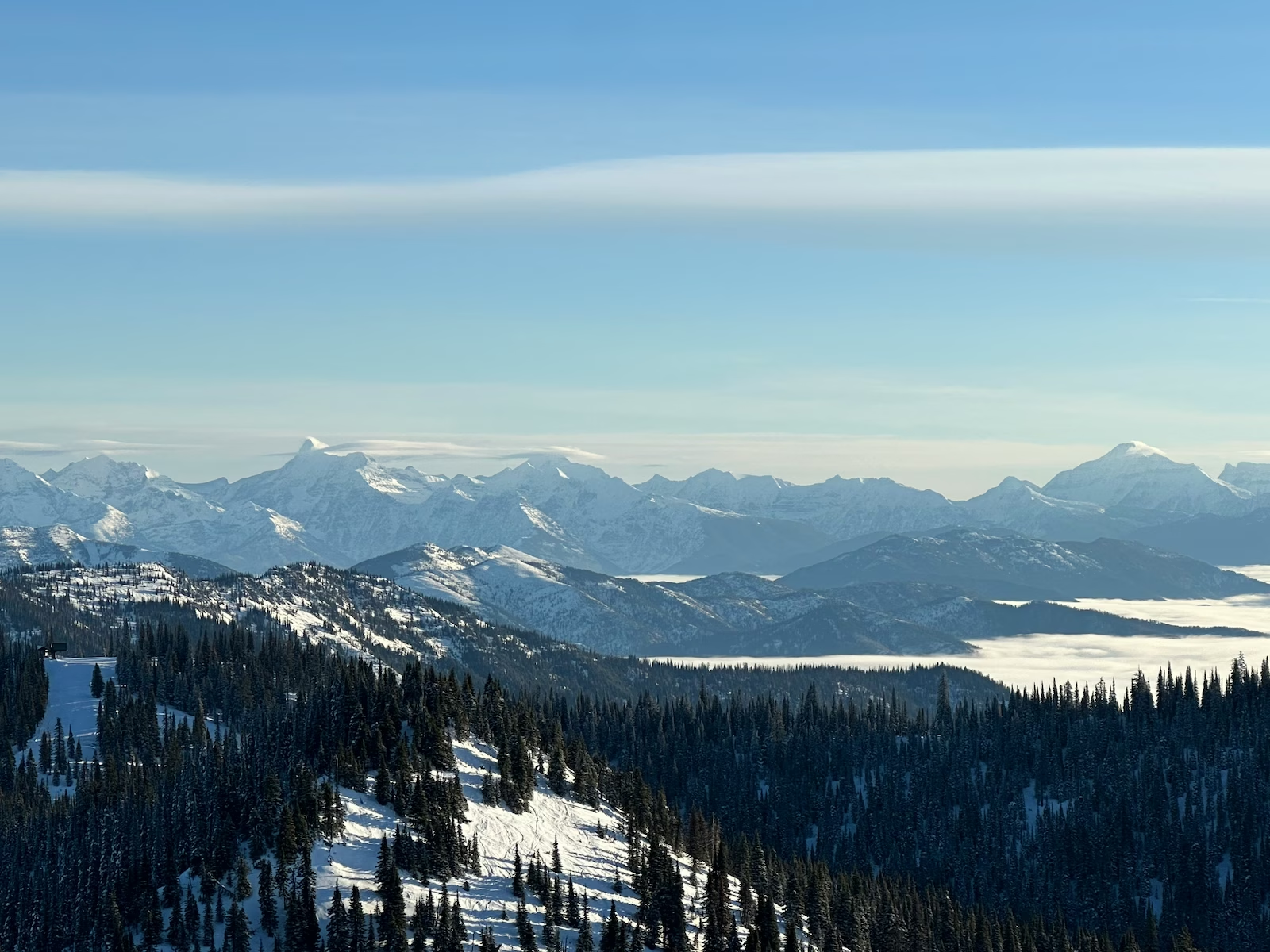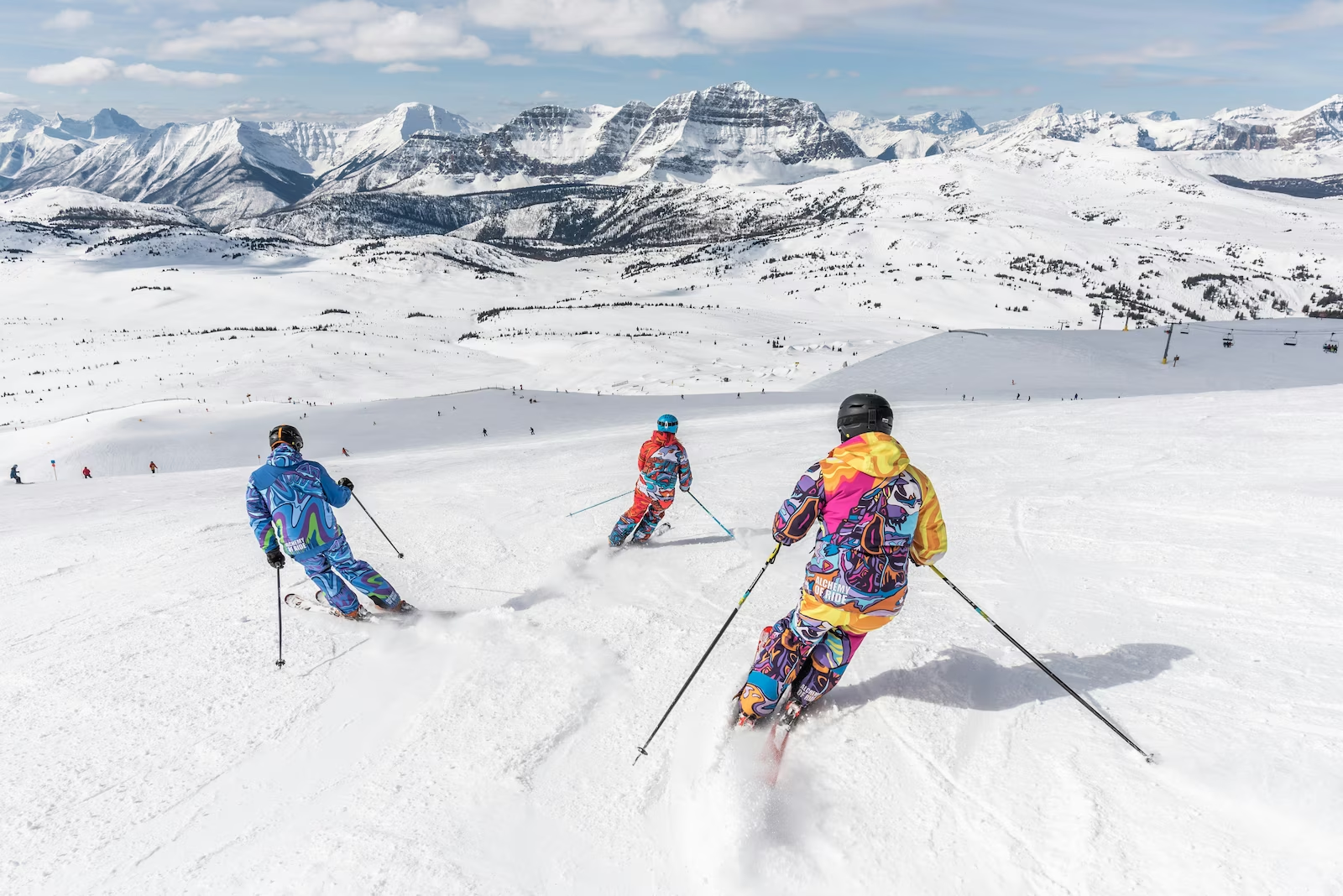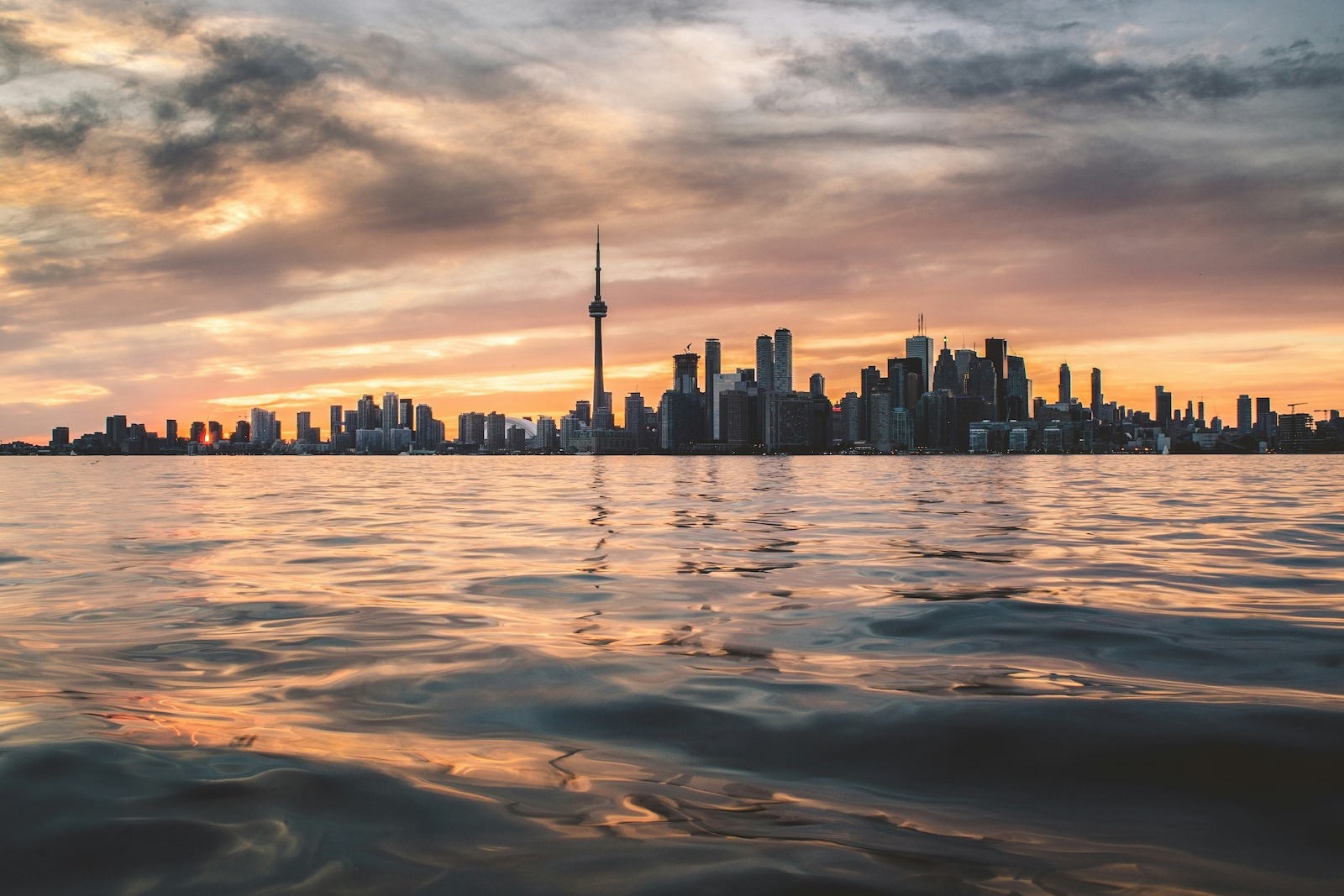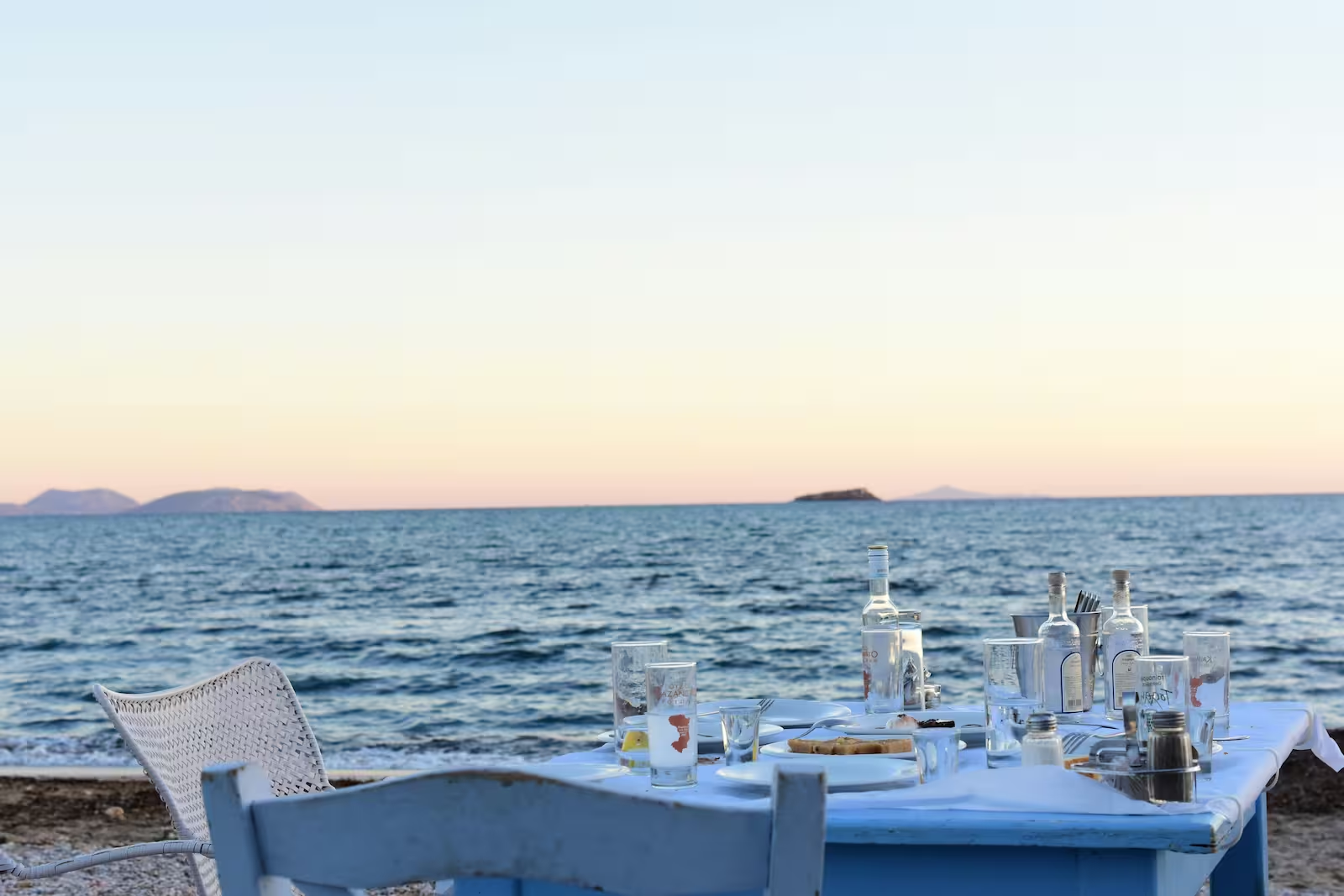200 miles north of Scotland you will find the dramatic landscapes of the Faroe Islands, shrouded in mist. From craggy emerald cliffs to Iceland style volcanoes, this bewitching archipelago is the antithesis of crowded. With only 53,000 residents, an island getaway here embodies the Danes’ favourite term: hygge. Between all the unspoilt nature, relaxed way of living and eco-tourism opportunities, the Faroe Islands is an ideal choice for hikers and outdoors enthusiasts… so long as you do not mind the cold.

Voluntourism
Since 2019, the Faroe Islands tourism board has enacted an initiative to protect its tourism attractions. For a few days in April every year, these popular sites are closed to everyone but volunteers. People from all over the world are encouraged to give a helping hand to this country’s nature.
With accommodation and food completely covered whilst you are volunteering, all you have to pay for is your flight! If you are a non-Nordic citizen, you will have to obtain a work permit; but the tourism board can take care of this application process for you.
Plus, you will have the evenings free — meaning that after a hard day of work, you can form a close bond with your volunteer buddies as well as the laidback locals. What better way to get to know someone than in the peace and quiet? Although the Faroe Islands is not heaping with activities to do, there are a few different restaurants on the major islands to keep you busy.
Find out more about the voluntourism initiative here.

The Faroe Islands’ top attractions
Traditional sightseeing holidays are still possible here, albeit outside of April. There are 11 tourism attractions in total, with the majority of these centring around the Faroe Islands’ staggering scenery. Its most recognisable sight is the Kallur lighthouse, which made quite the debut on-screen with No Time to Die in 2021.
But the 007 franchise is not the only big-budget production that was filmed here. Disney+’s Peter Pan & Wendy (2022) also includes several Faroe Islands locations in its recreation of Neverland — including the Trælanípa cliffs as pictured above. Whilst there are no flying jolly rogers in real life, you can still feel the magic on-board this Peter Pan tour.
Despite its Hollywood credits, the Faroe Islands is still a down-to-earth and quiet destination. The Múlafossur waterfall is enigmatic to the eye, hence why it is this archipelago’s most “Insta-famous” spot. Slightly less well-known are the Vestmanna bird cliffs and grottoes. A boat trip here takes secluded to the next level, as the narrow, 600 metres high cliffs tower over you.

The Faroe Islands’ best activities
Despite its size and remoteness, the Faroe Islands significantly contributes to the global fish market. Around 90% of the Faroe Islands’ export income comes from fishing alone.
Much of this is due to the archipelago’s northern location; as a merging point of the Gulf Stream and the Arctic waters, this entails a wide variety of sea creatures. So if you are an enthusiastic angler, then hop onto one of several fishing trips provided by Boat.fo or Tórshavn Sea Adventures. Or if you want to go all out, why not charter your own sail boat?
Even if fishing is not your thing, exploring the Faroe Islands’ on water is highly recommended. There are so many options to choose from for this type of activity alone, from a laidback guided tour to a speedboat or even kayaking in Sørvágsvatn Lake!
After an epic sea voyage, stretch your legs with the hike of a lifetime. Climbing those jagged cliffs is a real adrenaline rush, as is admiring the contrasting landscape of wild waters and hills that roll for miles. No matter what skill level you are at, there is a hiking trail for everyone here — as despite all appearances, the Faroe Islands’ has a softer side to it. Find a full guide of hiking in the Faroe Islands here: from the best trails to safety information.
Or if you would prefer to take it all in without any work, why not opt for a helicopter ride? For 3 times a week (4 in the summer), Atlantic Airways offers rides from island to island. This activity from above will show you everything the Faroe Islands has to offer, and makes for a great way to travel around the archipelago. They also offer a Vágar roundtrip, and even a James Bond executive helicopter tour.

The Faroe Islands for foodies
As you might have already guessed, the Faroese diet is traditionally heavy on meat and fish. Dried fish and fresh salmon is particularly popular here, as well as fermented lamb. More unusual dishes include sheep head and whale meat (yes, you read that correctly), typically served alongside potatoes and other root vegetables like turnips and beetroots.
A trip to the Faroe Islands is a distinct foodie experience, but not to worry if these dishes are not to your taste. In recent years, there has been a rise of tourism and international immigration within the Faroe Islands — meaning that the selection of restaurants is ever expanding.
From a Faroese-Japanese sushi fusion experience to your classic burgers and pizzas, there is a little something for everyone. And whilst the Faroe Islands is a far-cry from a vegan paradise, you can expect to find at least one item on the menu at several establishments in Tórshavn, such as Nordic-style sandwiches and salads at Bitin.

The whaling tradition
This is a controversial subject amongst marine conservation activists, and so it is important to be aware of this before visiting the Faroe Islands. It is possible, however, to visit the Faroe Islands without partaking in the tradition of eating whale meat or witnessing grindadráp.
Considered to be a delicacy and integral to Faroese culture, this archipelago is one of the few places in the world where whaling is not only legal, but commonplace. This practice reaches its peak during the annual event of grindadráp. You can find out more about this event here (viewer discretion is advised).
There is no set date for grindadráp each year, but takes place roughly between July and September. The tradition has evolved over the years and is operated under strict guidelines, but it is still contentious amongst internationals.

When to visit
Keen voluntourists should plan a trip in April, but for everyone else, visiting between the milder months of May to August is recommended. Whilst encountering grindadráp on your trip seems unlikely, visiting from May to June is suggested for travellers hoping to avoid this event.
Belonging to the Arctic Circle, the Faroe Islands’ winter months are quite dramatic. Most tourists do not dare try the cold weather, meaning that accommodation is almost always available. If you like a challenge, then visiting during the months of December to February is an unexpected gem. Because with hardly any light pollution, the Faroe Islands is one of the best spots in the world for seeing the Aurora Borealis — and without the crowds.









.avif)
.avif)


.jpg)


